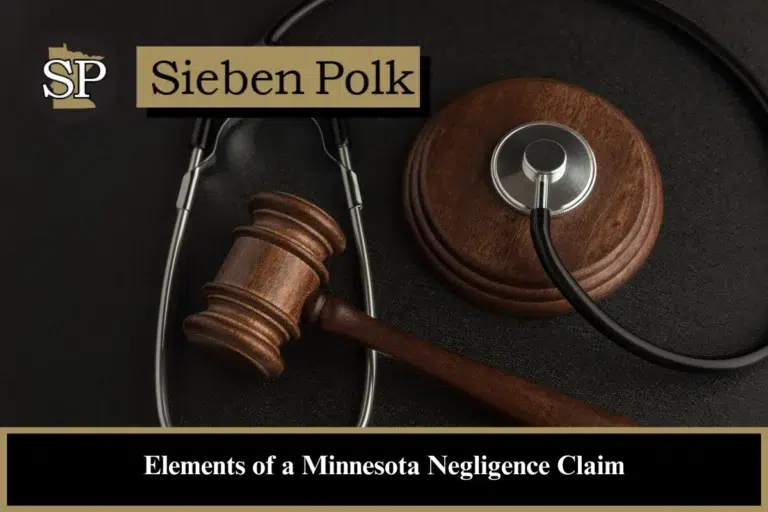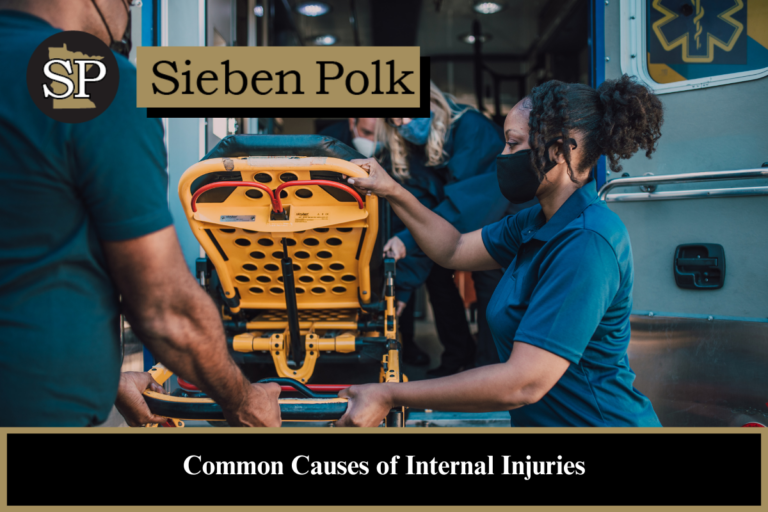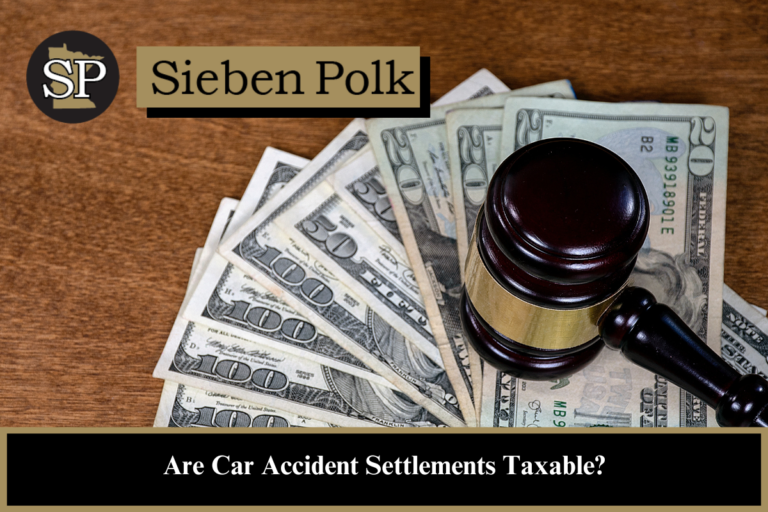Personal Injury FAQs
Latest
What Makes Sideswipe Accidents So Dangerous?
Sideswipe accidents are a serious and often deadly type of collision. They occur suddenly, usually at high speeds, and can result…

What Are the Elements of a Negligence Claim?
If you’ve been injured in an accident caused by someone else’s carelessness, understanding the elements of a negligence claim is crucial….

Common Rear End Accident Injuries
Rear end collisions are among the most common types of car accidents. These crashes often result in painful injuries, sometimes leading…

Common Causes of Internal Injuries
Accidents often result in painful internal injuries that require long and costly recoveries. Understanding the common causes of internal organ injuries…

Can You File a Car Accident Claim Without a Police Report?
If you’ve been involved in a car accident in Minnesota, you might be wondering if you need to file a police…

Does Insurance Cover Drunk Driving Accidents in Minnesota?
Insurance may cover DUI accidents, but the specifics depend on various factors. A skilled lawyer can help you understand your full…

Are Car Accident Settlements Taxable in Minnesota?
Most car accident settlements in Minnesota are not taxable. However, there are certain exceptions, such as punitive damages, interest payments, and…

Who Is at Fault in a Merging Car Accident?
Determining fault in a merging car accident can be complex, as both drivers may share responsibility. Our Minnesota car accident lawyers…
How Can We Help?
We provide a complimentary initial consultation for all mesothelioma and personal injury claims. Email us now or call 651-437-3148







